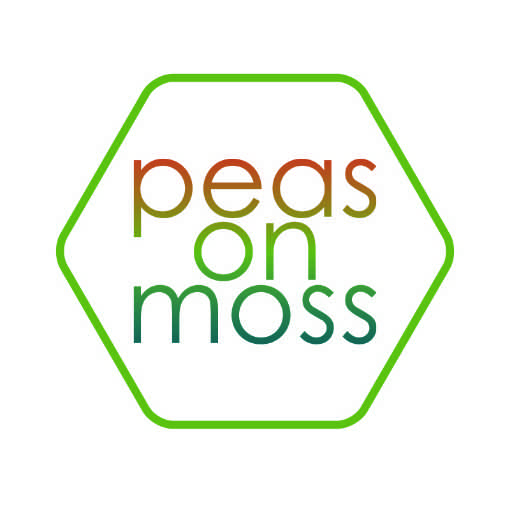 |
| Behind the scenes of the coffee photo shoot (Photo courtesy of ChefSteps) |
The chef instructors at ChefSteps are pretty cool guys. I met a few of them in my adventure working as a development chef at the Cooking Lab developing recipes for Modernist Cuisine at Home, the follow up book to the first multi-book series, Modernist Cuisine.
Chefs Chris Young and Grant Crilly and photographer Ryan Matthew Smith partnered and started their own molecular gastronomy research kitchen and technology development lab. They opened their kitchen in the Pike Place Market with windows that gave the culinary team views of the Puget Sound and access to some of the best known artisan vendors in the city. They were joined by other talented culinary and technology folks, and they’ve quickly become renowned in culinary technique and equipment development.
Already gaining fame for their high quality videos and recipes, they received a James Beard Foundation nomination in 2014, and they’re showing no signs of slowing down. In 2015 they won the award in a new category: Visual and Technical Excellence.”
In addition, they also launched the Joule immersion circulator, the next step in water bath cooking. Integrated with your smart phone, the Joule can be programmed to start and stop when you want it to. Sleek and small, it is unobtrusive and can be stored conveniently. It’s also waterproof all around, so cooks can’t drown the device, like the larger, heavier other brands.
They released a coffee class, which I was happy to study. After moving away from Seattle, I’ve come to realize how precious the coffee was and how expertly brewed and foamed the milk was. We have two privately owned coffee shops, and the experiences have been quite varied.
 |
| Latte Art (photo courtesy of ChefSteps) |
The latte art that they taught in the class was amazing. Now, I don’t have an espresso machine, but that didn’t matter in the end. In the “Awesome Espresso Hack” chapter, the chefs suggest using the plunger of a (clean) French Press to froth milk. I knew the trick from my Colorado days, but I had forgotten how efficient it is!
Another interesting lesson I learned was that oil visible on coffee beans suggests that the coffee has been roasted too hot and too much. The experts recommend looking for beans that are visibly dry, and you’ll have much more flavorful, rich coffee.
 |
| Oily vs Dry beans (photo courtesy of ChefSteps) |
Check out the Coffee class, and so many more!

Recent Comments